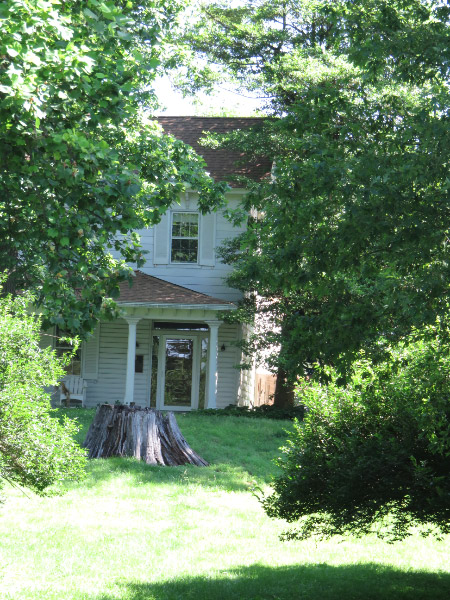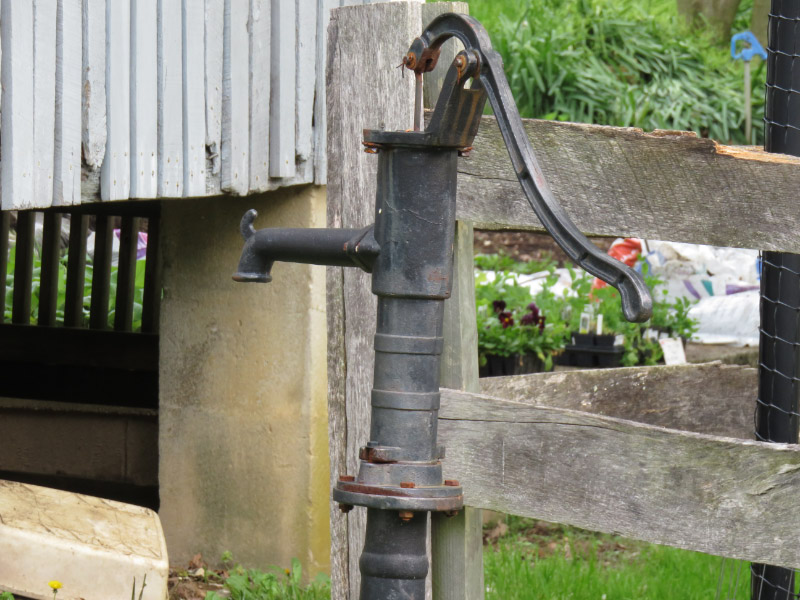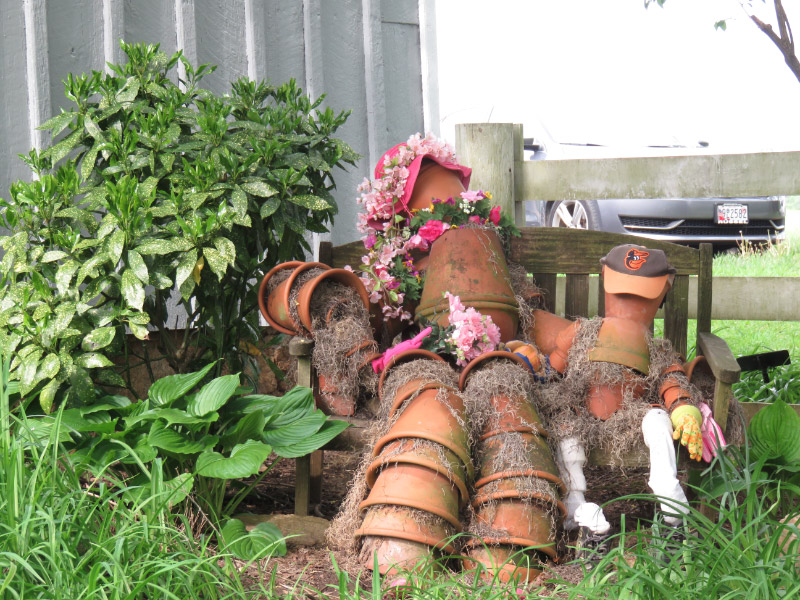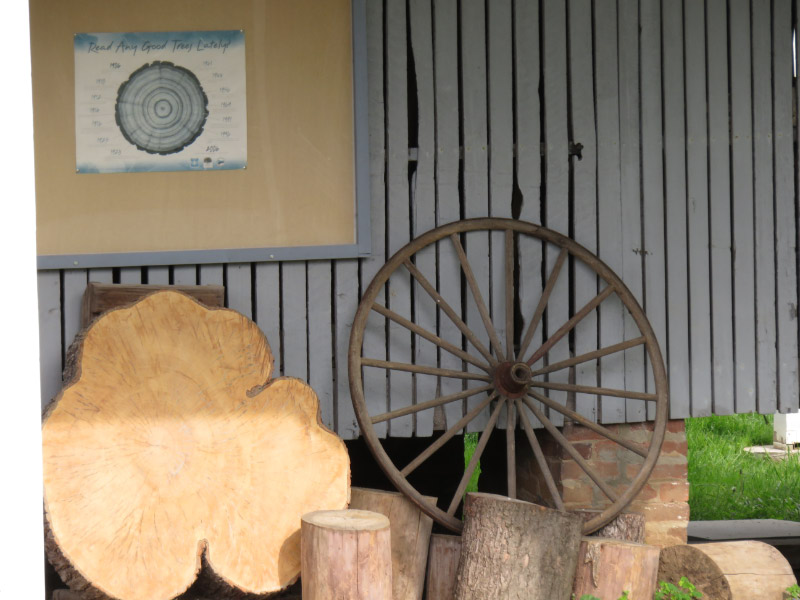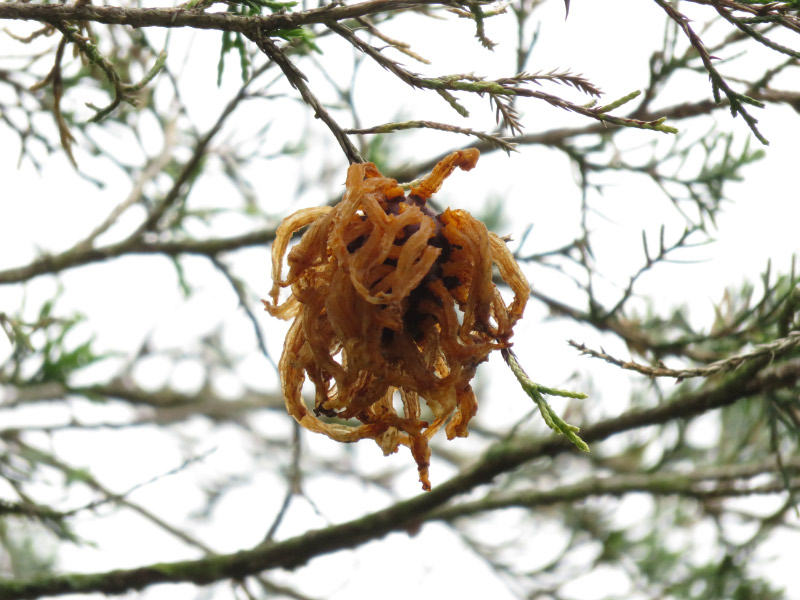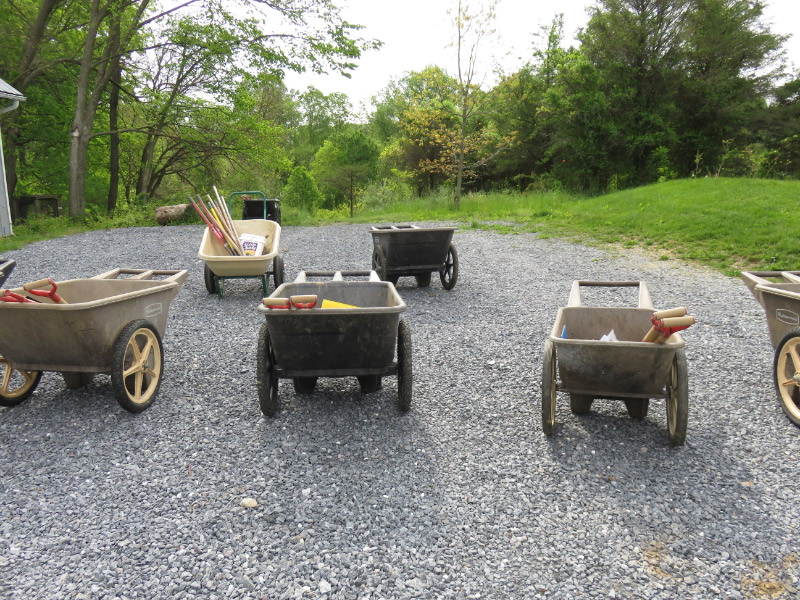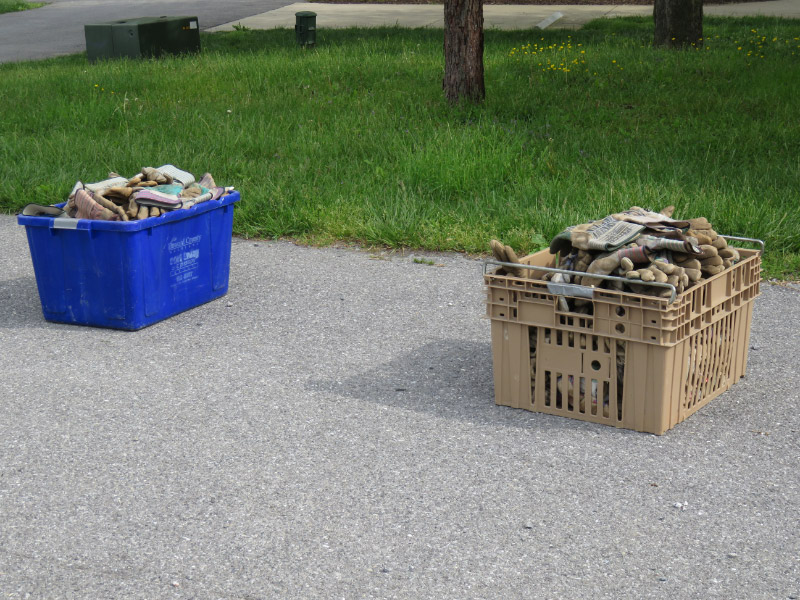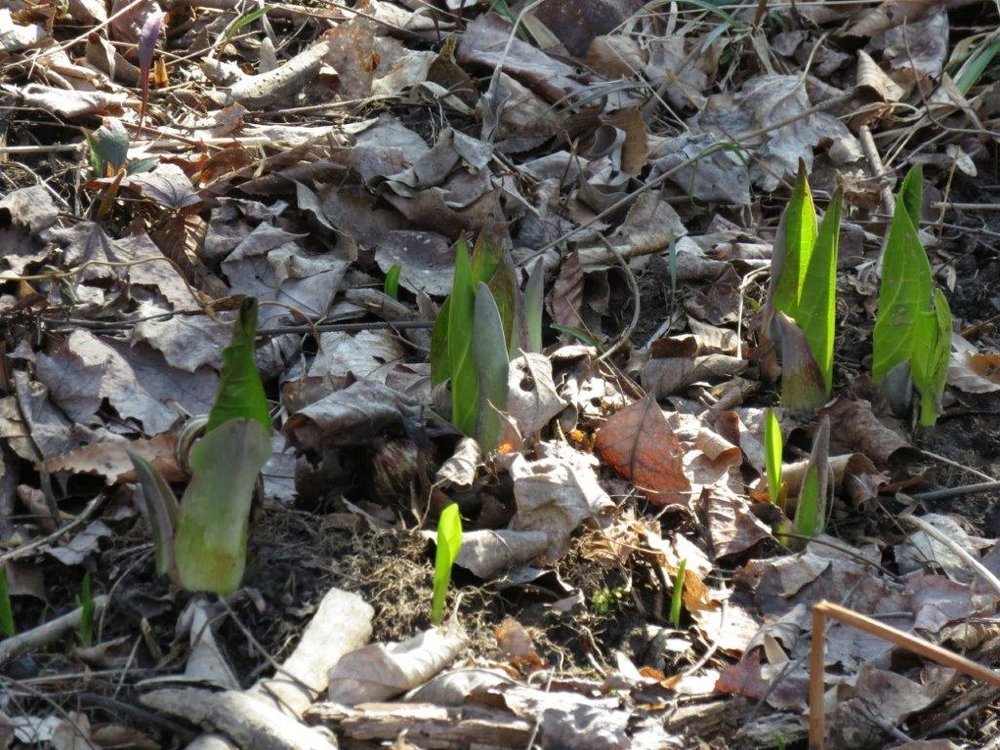Last of the Spring Field Trips at Mt. Pleasant
/It’s about time for the school year to end – even with the elongation due to snow days last winter. The last of the spring field trips scheduled for the Howard County Conservancy’s Mt Pleasant Farm happened this past week. I took a few pictures before the last few hikes. Many of the formal plantings are blooming: peonies,
Flags, and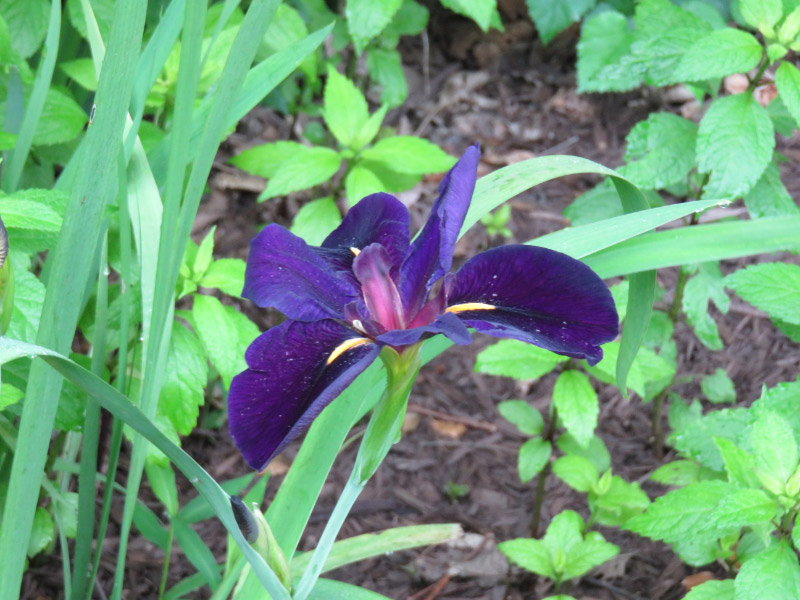
Sweet bay.
The gingko is shading the picnic area.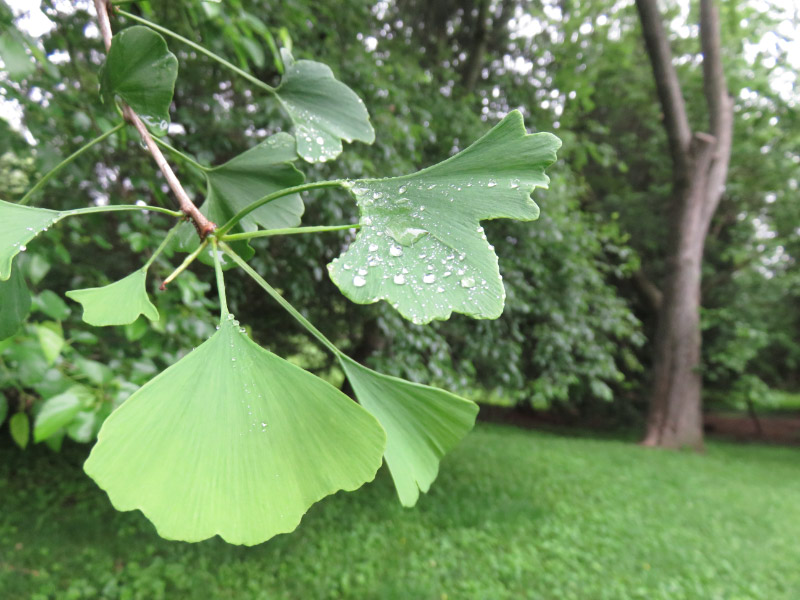
On one hike there was a flock of gold finch in the meadow….and an indigo bunting.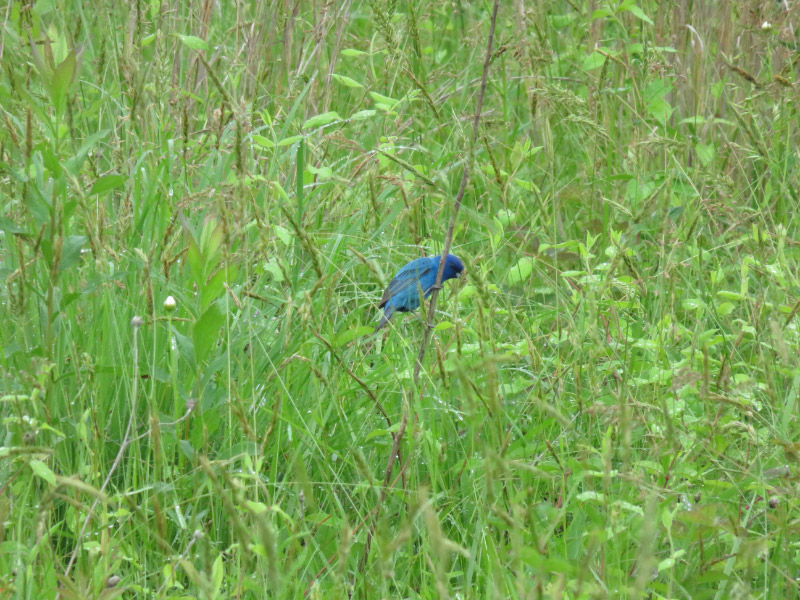
I took pictures of the milkweed plants in the meadow a few days later; they’re getting ready to bloom.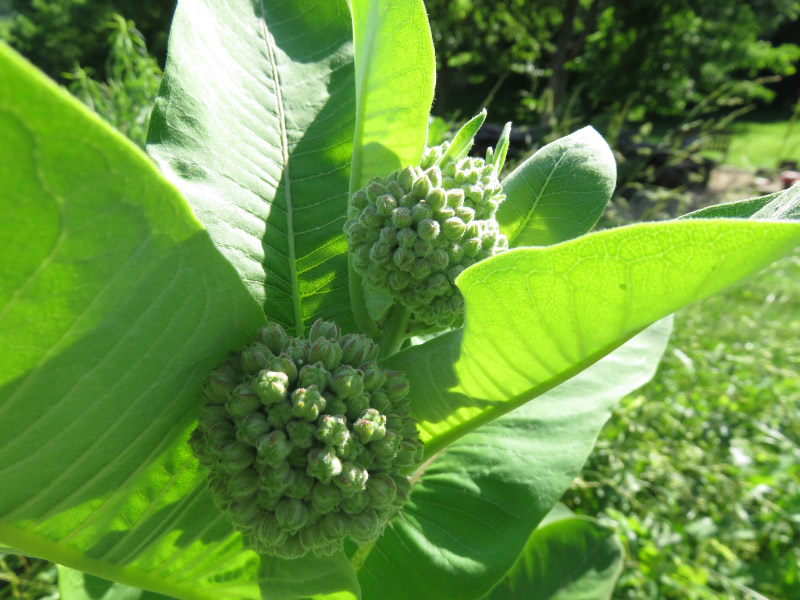
A little further down the path - I spotted the first monarch I’ve seen this season. Is this one that flew from Mexico or released by the school children that are raised monarchs in their classroom? Maybe it doesn’t matter – because Mt Pleasant has milkweed for the butterfly to lay its eggs and for the Monarch caterpillars to eat.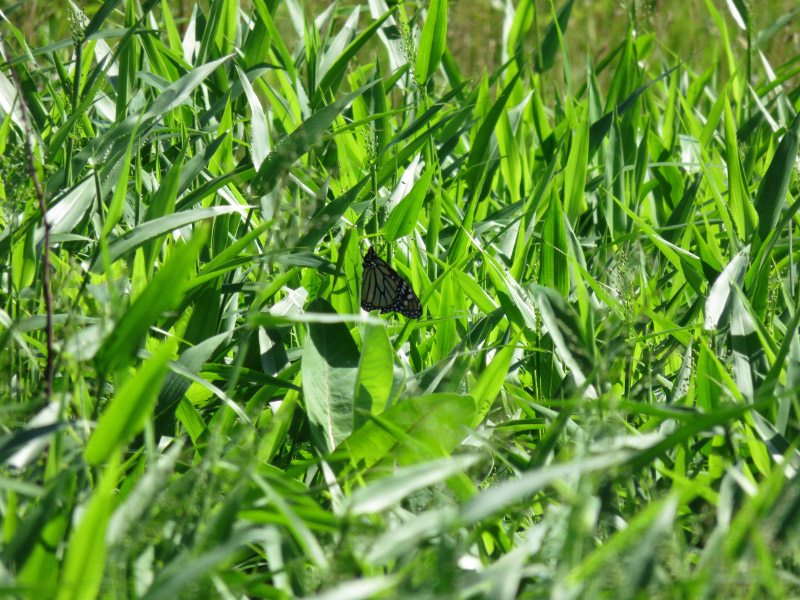
Monjoy Barn gets a little shade in the mornings but by the time I came back with my hiking group it was in full sun.
The children enjoy seeing the orchard with the still-small apples (and pears too). In the fall, the fruit will be the size they see in the grocery store.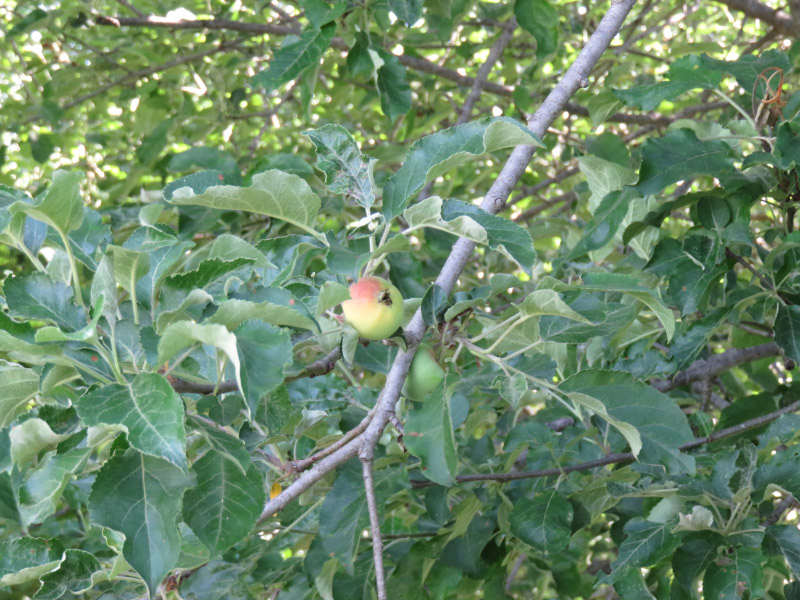
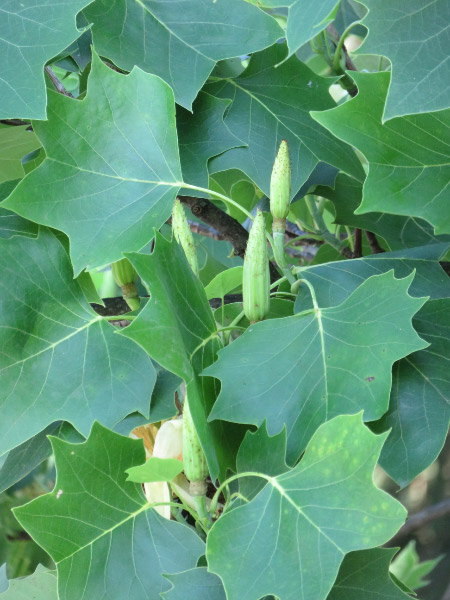 The tulip poplar is mostly done with flowering and the seed pods are beginning to form.
The tulip poplar is mostly done with flowering and the seed pods are beginning to form.
The trees around the farm house are in full summer green. Time for “school’s out for the summer.”